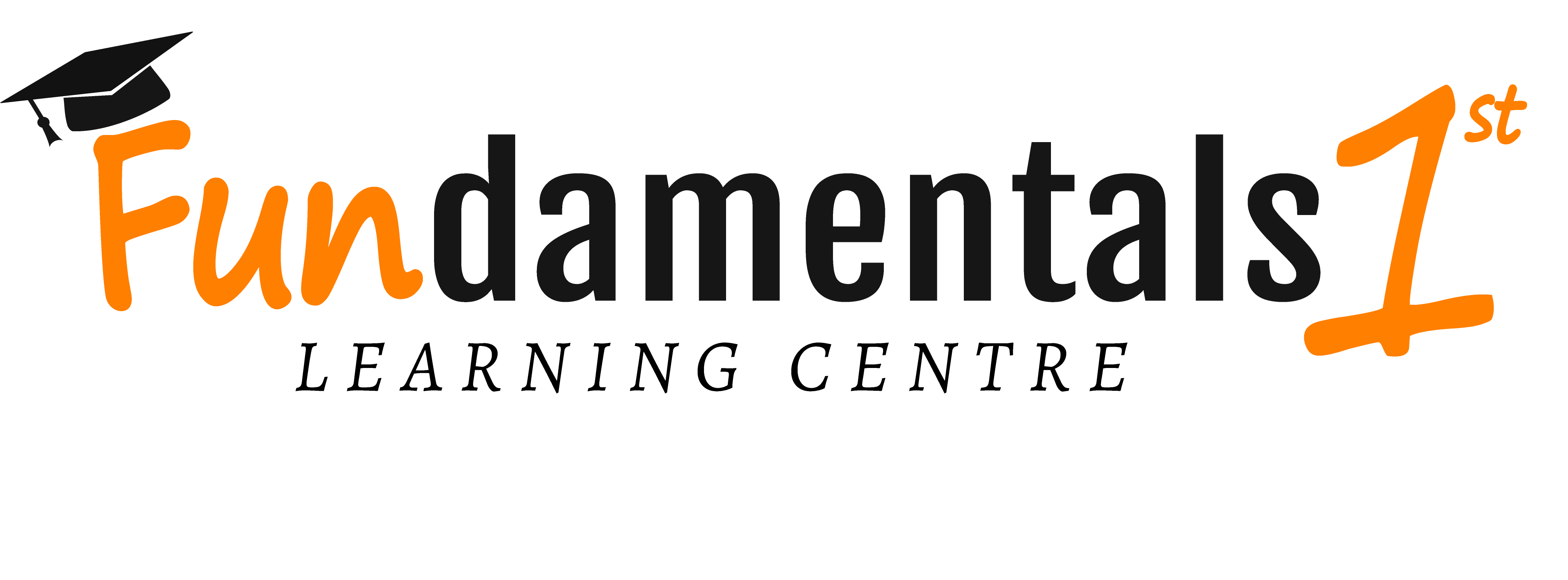
Exploring Different Learning Styles
Exploring Different Learning Styles: Find Your Path to Success
Hey there, fellow learners and curious minds! Today, we’re diving into the fascinating world of learning styles. As a tutor, I’ve had the privilege of working with students of all ages and backgrounds, and one thing I’ve learned is that no two learners are exactly alike. We all have unique ways of processing and retaining information, and understanding your preferred learning style can be a game-changer in your educational journey. So, let’s explore the different types of learning styles and help you discover the one that suits you best.
1. Visual Learners
Visual learners are like sponges for anything they can see. They learn best through images, diagrams, charts, and any other form of visual representation. If you’re a visual learner, you might find that watching videos or looking at infographics helps you grasp concepts more easily. In your notes, you might use lots of colors and draw pictures to help you remember key points.
2. Auditory Learners
For auditory learners, it’s all about what they hear. These individuals absorb information best through lectures, discussions, and audio materials like podcasts. If you’re an auditory learner, you might excel in group study sessions where you can engage in conversation and bounce ideas off others.
3. Kinesthetic (Tactile) Learners
Kinesthetic learners are the doers of the bunch. They learn through physical experiences and hands-on activities. If this sounds like you, you’ll benefit from getting your hands dirty (not literally, unless you’re learning about soil science) and actively participating in experiments or projects. You might also be someone who likes to take notes while standing or walking around.
4. Reading/Writing Learners
These learners thrive when they read and write. They prefer text-based materials like textbooks, articles, and written notes. If you’re a reading/writing learner, you probably have a knack for turning your lecture notes into detailed essays or enjoy summarizing information in your own words.
5. Social Learners
Social butterflies, this one’s for you! Social learners do their best work when they’re interacting with others. Group discussions, study groups, and collaborative projects are where they shine. If you’re a social learner, try explaining complex ideas to a friend or teaching a concept to someone else to solidify your understanding.
6. Solitary Learners
On the opposite end of the spectrum are solitary learners. These individuals prefer to work alone and independently. If you fall into this category, you might enjoy self-paced online courses, quiet study environments, and self-directed learning. Solitary learners are often highly self-disciplined and motivated.
7. Logical-Mathematical Learners
Logical-mathematical learners are the problem solvers. They excel at critical thinking, reasoning, and solving complex puzzles. If this sounds like you, you might enjoy subjects like mathematics, science, or philosophy. You’ll thrive when you can analyze data and draw logical conclusions.
8. Naturalistic Learners
Naturalistic learners have a deep connection with the natural world. They love to learn through experiences in nature and by observing living organisms. If you’re a naturalistic learner, consider taking your studies outdoors or finding ways to relate your academic subjects to the environment.
9. Musical Learners
Finally, musical learners have a strong affinity for rhythm and melody. They often remember information better when it’s set to music or when they create their own catchy tunes to remember facts. If you’re a musical learner, don’t be surprised if you find yourself humming your way through your study sessions!
Remember, these learning styles are not rigid categories; most people are a blend of several styles. Discovering your dominant style can help you adapt your study methods to make learning more effective and enjoyable.
In conclusion, the key to successful learning lies in understanding how you learn best. Whether you’re a visual, auditory, kinesthetic, or a combination of these and other styles, embracing your unique learning style can transform your educational experience. So, take the time to explore and experiment with different approaches, and you’ll be well on your way to mastering any subject you choose. Happy learning! 📚🎓🌟
Photo by Tima Miroshnichenko



